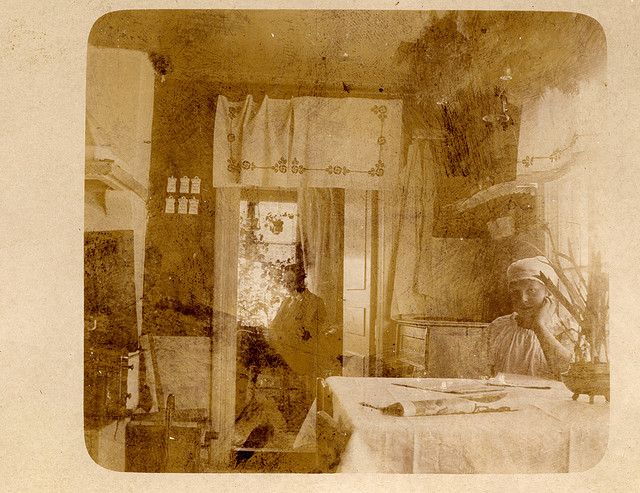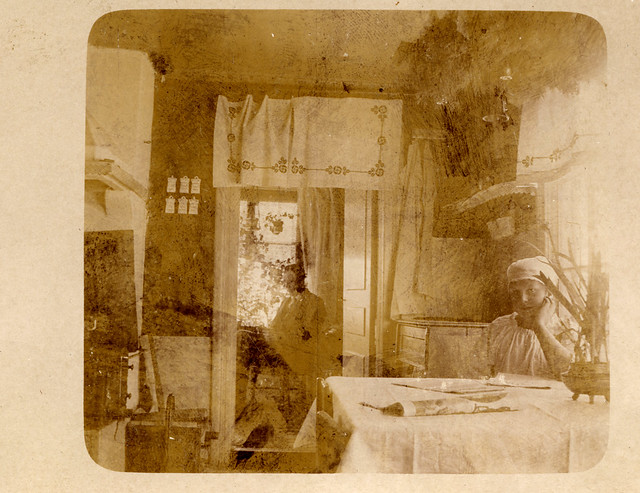General
How To Stop Photos From Fading

One of the tragedies of watching a photo fade is the way it sometimes seems to take the memory with it. There’s a reason we lug our cameras everywhere, invest hundreds in smartphones that can take high-quality pictures and proudly display our photographs of happier days: and that’s because photography is the most-effective way we’ve yet found of preserving our past. A photo is nothing more than a fragment of time, an impression of our lives – and seeing one fade away only reminds us how we’ll all one day return to dust.
So here is our quick guide on what you can do to keep time at bay and preserve those memories forever:

credit: ylvas
Avoid Light Exposure
Our sun is our greatest asset: it warms our planet, nurtures the conditions for life and provides us with essential vitamins like vitamin D. However, it’s also a force for destruction – spewing out ultra-violet emissions capable of corrupting our bodies and irradiating the ground; and its invisible rays destroy photographs too. The number one rule for preserving old pictures is to keep them out of sunlight.
If you want them on display, place them in the shaded corners of your room. If you absolutely must have them in sunlight, use UV-blocking frames. But above all, accept that a photo in direct light will fade quicker than any other.
Avoid Exposure to Moisture
Damp is nature’s way of showing whose boss: a few years’ neglect in wet conditions can reduce even the sturdiest house to rubble, so imagine what it must do to something as impermanent as a photograph. We’re not just talking about obvious places like basements and bathrooms either – all buildings in Northern Europe will have little droplets of moisture floating around, so it’s imperative you store your photos in a cool, dry place.
If you live in an old house or basement flat, be sure to periodically check on old photographs to make sure no sneaky leak or spore of mould have found their way onto them.
Use the Right Printer
One of the most-effective ways of fighting photo fading is to tackle the problem at the source. For years, the makers of photo printers were developing their technology with no thoughts toward longevity, but luckily that’s beginning to change. In the last couple of years, Epsom have led the way in producing long-lasting photos: with their Stylus Photo 2000P allegedly capable of fighting off the fading process by up to 100 years.
Obviously, we’ll have to wait a century to test the veracity of these claims, but early tests simulating the sort of wear you might expect suggest they’re on the right track. Be warned: this peace of mind comes at a price. Not only is the printer itself in the high-end of affordability, the paper and ink you need for printing are more expensive too.
Sadly, these price-increases are 100% necessary: it’s the combination of Epsom’s Pigment archive ink and specially-produced photo paper that gives the photos their chance to reach their hundredth birthday. Luckily their cheaper model can guarantee 26 worry-free years.
Display Correctly
Finally, when it comes to displaying your photos, make sure you use an aluminium frame and place an acid-free mat between the photo and frame proper. There are a couple of reasons for this: firstly, aluminium frames are perfect for countering humidity – which is exactly what you’re looking for. Secondly, the acid-free mat will stop your photographs from becoming stuck to the glass over time, saving a lot of hassle when it comes time for your great-great-grandkids to prise the frame off 100 years from now.
But don’t forget that none of these are fool-proof: eventually any photo will fade, and you’ll just have to accept it with grace and quiet dignity when the moment comes.
Featured images:
License: Creative Commons
image source
Arthur Beddow is a photography expert who writes for PrinterInks.com. When not taking photos, he continues his passion for the art by teaching others how to do it.
-

 Tech11 years ago
Tech11 years agoCreating An e-Commerce Website
-

 Tech11 years ago
Tech11 years agoDesign Template Guidelines For Mobile Apps
-

 Business6 years ago
Business6 years agoWhat Is AdsSupply? A Comprehensive Review
-

 Business10 years ago
Business10 years agoThe Key Types Of Brochure Printing Services
-

 Tech8 years ago
Tech8 years agoWhen To Send Your Bulk Messages?
-

 Tech5 years ago
Tech5 years ago5 Link Building Strategies You Can Apply For Local SEO
-

 Law5 years ago
Law5 years agoHow Can A Divorce Lawyer Help You Get Through Divorce?
-

 Home Improvement6 years ago
Home Improvement6 years agoHоw tо Kеер Antѕ Out оf Yоur Kitсhеn































